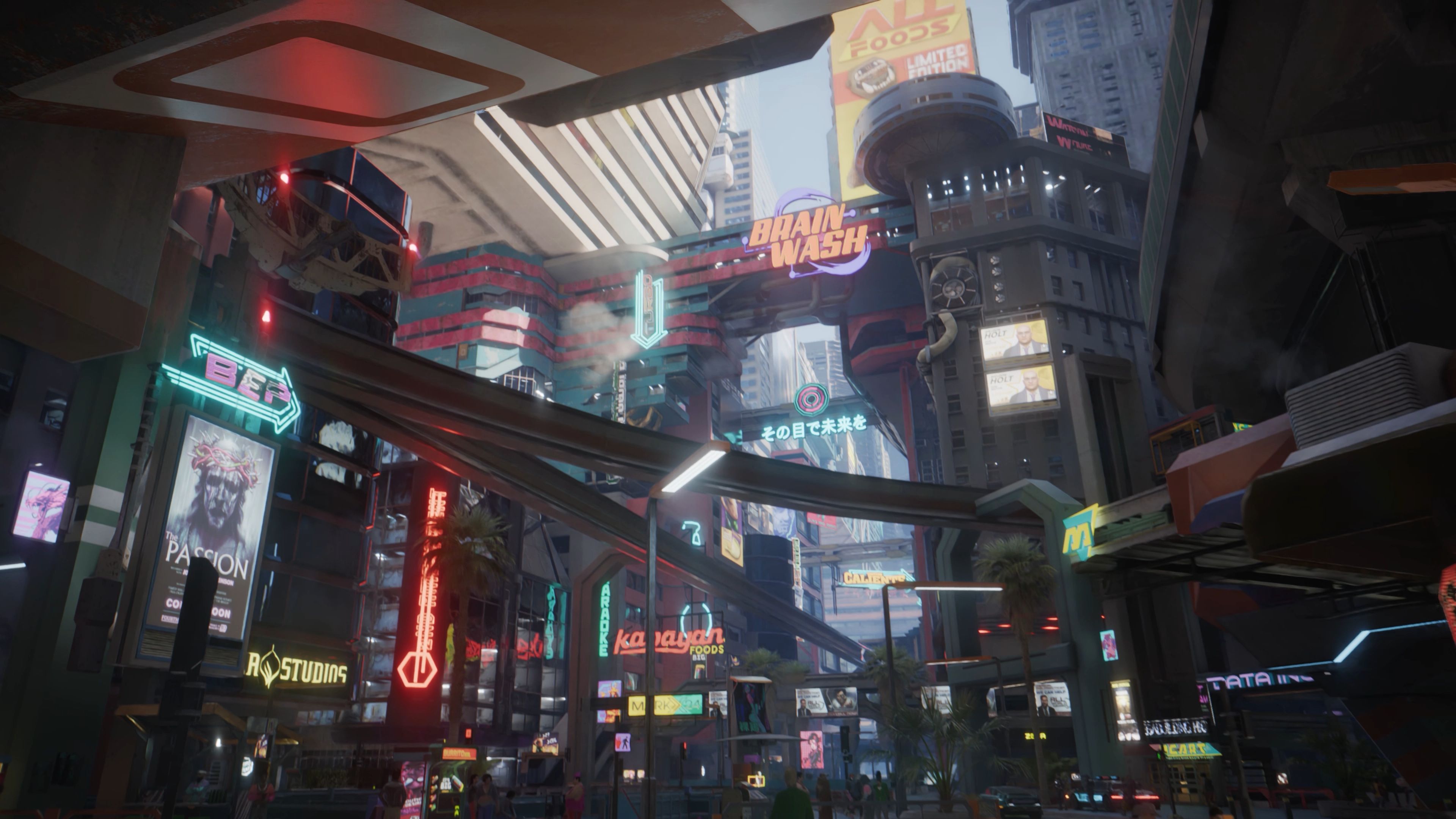Of all the tactical and narrative systems that define the Fire Emblem series, its approach to magic is perhaps one of the most distinctive. Unlike many of its JRPG contemporaries, which often treat magic as a universal, elemental rock-paper-scissors game, Fire Emblem constructs a more intricate and thematically rich system. The classic Trinity of Magic—Anima, Light, and Dark—is not merely a gameplay mechanic but a deeply woven philosophical and narrative framework that sets it apart from genre conventions. To understand this distinction is to understand a core tenet of Fire Emblem's design philosophy: the seamless integration of lore, character, and mechanics.
The most common magic system found in JRPGs, from the Final Fantasy franchise to Tales of and Dragon Quest, is fundamentally elemental. It is a system of cosmic checks and balances. Fire beats Ice, Ice beats Wind, Wind beats Earth, and Water might beat Fire, in an endless cycle of natural opposition. This system is intuitive, easy to grasp, and provides clear tactical advantages. Its primary purpose is strategic depth in combat; it asks the player, "What element is this enemy weak to?" and rewards the correct answer with increased damage. The lore behind these elements is often minimal or based on universal archetypes. A Fire spell is a Fire spell, whether cast by a hero or a villain; its properties are defined by its function, not its origin.
Fire Emblem, particularly in its classic iterations, rejected this purely elemental approach in favor of something more nuanced. The Trinity of Magic introduces a layer of ideological and moral conflict absent from most elemental triangles.
- Anima Magic represents the natural world, comprising the very elements (Fire, Wind, Thunder, and later Earth, Ice, etc.) that dominate other JRPGs. However, in Fire Emblem, they are grouped under a single banner, symbolizing rationality, learning, and the raw, untamed power of nature. It is the magic of academics and mages who study ancient tomes to harness natural forces.
- Light Magic is the domain of faith, order, and sanctity. It is often associated with churches, healing, and benevolent deities. It is defensive and purifying, used to protect and smite darkness. Its users are typically clerics, priests, and noble figures whose power stems from belief and righteousness.
- Dark Magic is the magic of the forbidden: sacrifice, nihilism, and raw power at a great cost. It deals in curses, life draining, and destructive forces that corrupt rather than merely burn or freeze. It is intellectual like Anima but twisted, seeking knowledge that was never meant to be known. Its users are often tragic figures, villains, or anti-heroes who have peered into the abyss.
The genius of this system is its relational dynamic. Anima beats Dark; rational, natural power overcomes forbidden knowledge. Dark beats Light; cynical nihilism and corruption can overwhelm pure faith. Light beats Anima; order and faith can tame and outmaneuver the raw, chaotic forces of nature. This is a profound shift from the elemental. It’s not about a fireball melting an ice cube; it’s about a concept defeating another concept. It adds a narrative weight to every magical duel. A Dark Mage facing a Light Priestess isn't just a combat encounter; it's a ideological clash made manifest on the battlefield.
This system is further deepened by its integration with character and class identity. In a typical JRPG, any character can often learn any spell with enough time or the right equipment. A black mage can become a white mage. In Fire Emblem, magic type is intrinsically tied to a unit's class and, by extension, their character. Canas, a scholar from The Blazing Blade, is defined by his scholarly pursuit of dangerous Dark magic. Lucius, a gentle monk from the same game, wields Light magic that reflects his faith and inner strength, despite his fragile appearance. Their magical affinity is a core part of their identity, not a interchangeable skill set. This creates a stronger bond between the player and the unit, as their mechanical function is a direct extension of their narrative self.
However, it is crucial to note that the Fire Emblem series itself has not been immune to the allure of streamlined, elemental systems. Later titles, particularly from the 3DS era onward, have seen a gradual shift. Fire Emblem Fates largely abandoned the Trinity for a more standard weapon triangle that included a generic "Magic" category, pitted against Bows and Hidden Weapons. Fire Emblem: Three Houses introduced Combat Arts and a greater focus on individual spell lists, but its magic system, while complex, leaned more towards elemental strengths and weaknesses (e.g., Fire against Ice enemies) within a Reason/Faith divide that lacked the classic ideological triangle.

This evolution highlights a key tension in JRPG design. The classic Trinity of Magic is rich and thematic but can be complex and intimidating for newcomers. The standard elemental system is immediately accessible and provides clear, satisfying feedback. Fire Emblem’s experimentation shows a franchise trying to balance its unique legacy with broader market appeal.
In conclusion, the comparison reveals two different design goals. The standard JRPG elemental system is a masterclass in accessible, functional game design. It is a tool for tactical problem-solving that is effective and universally understood. Fire Emblem’s classic magic system, by contrast, is a tool for storytelling. It elevates magic from a mere combat resource to a language of ideology, faith, and character. It asks not just "what is this enemy weak to?" but "what does this magic mean?" While later entries have converged towards genre norms, the legacy of the Trinity of Magic remains a testament to Fire Emblem's unique ambition: to be a game where every mechanic, from the swing of an axe to the casting of a spell, is not just a number on a screen but a thread in a rich, narrative tapestry.














